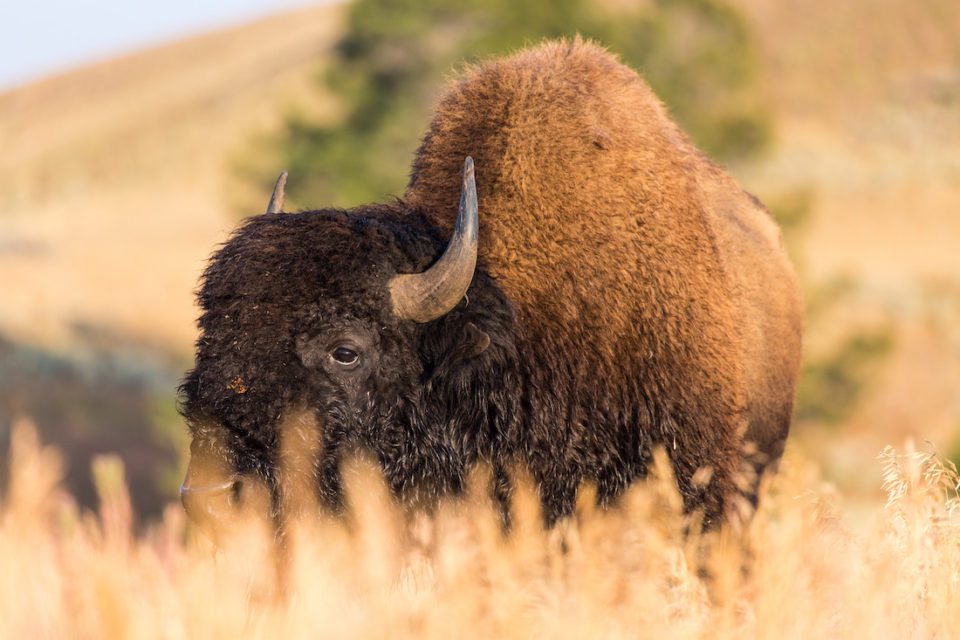The year was 2001. I was 20 years old and living in a teepee outside of West Yellowstone, Montana. I was here for bison, to monitor them, to document their movements outside of the park boundaries, and hopefully help aid in putting a stop to the Montana Department of Livestock’s wholesale slaughter of any and all of these Pleistocene thunder beasts who dared stick their nose over a line drawn on a map. In the surrounding National Forests, elevations tend to be lower, with less snow than the Yellowstone Plateau, and all things green happen here first for so many reasons. As a result, animals have the tendency to migrate here during hard winters up there. The audacity.
Come the month of May, days were spent on patrol in the forest. Miles of dirt road turned into miles of off trail hiking. Glacier lilies and lupine and monkey flowers and shooting stars created a technicolor rainbow on the landscape. Snow drifts still found purchase under the dense stands of lodgepole pine and weather often began with snow in the morning and ended with rain in the afternoon.
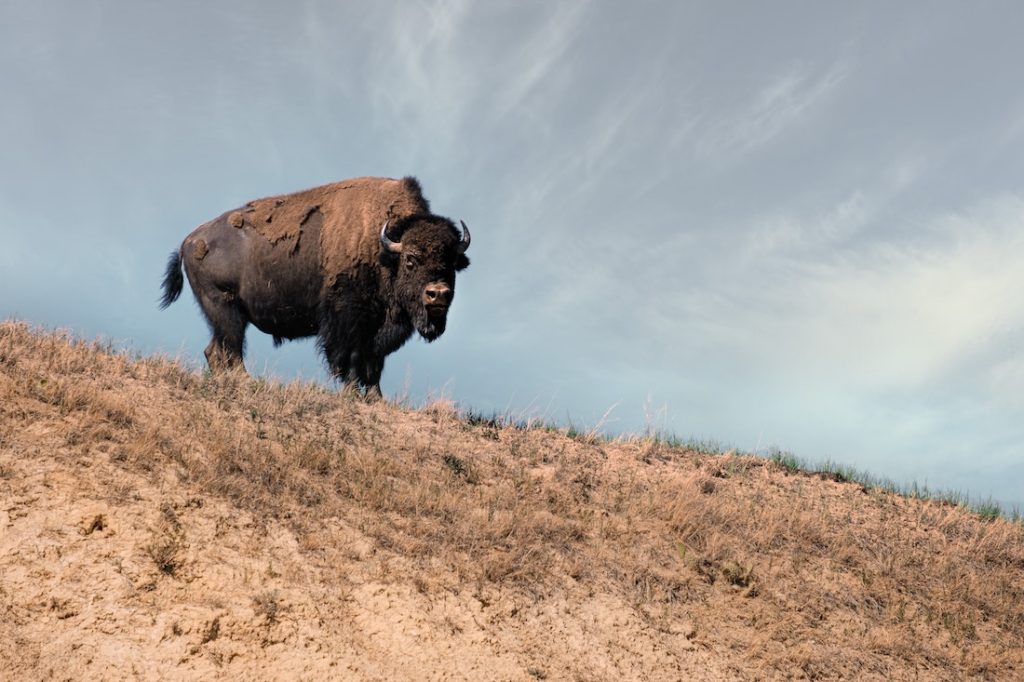
On this day, we were searching for two large bull bison that had been reported by another field crew on Horse Butte in the Gallatin National Forest the evening before. The annual rut was still months away, and as is the habit of large mature bulls, these two were going it alone, away from the herds of cows and calves and young male upstarts. I can’t blame them. It’s like comparing the quiet solitude of the mountains to the bustling noise of society down below.
It didn’t take long for us to track the old bulls to a small meadow in the forest where they had bedded down. Unshouldering our packs, we leaned back against lodgepole pines as we took notes of the days events. But sitting around watching bison chew cud can become a bit monotonous and so my mind and eyes began wandering through the forest around me.
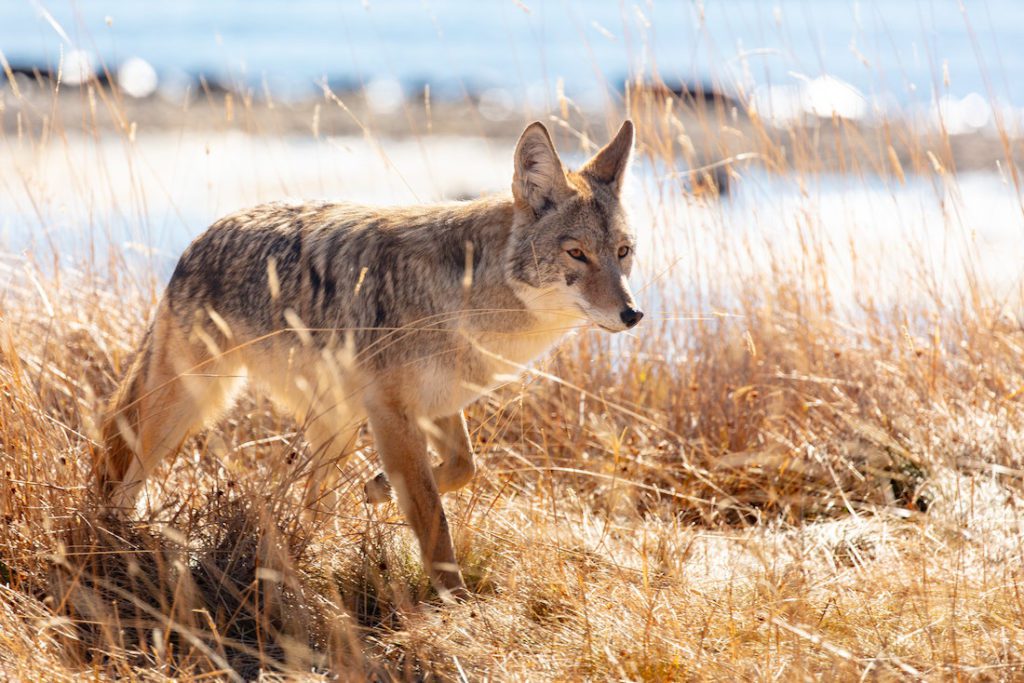
Through the trees, it looked as though there was another opening, another meadow of sorts, a couple hundred yards from where we set. This was spring in the Northern Rocky Mountains. Backcountry meadows like this often hold winter sheds from elk and moose, the ultimate prize for anyone willing to explore this time of year. And in short order I was on my feet re-shouldering my day back and hiking through the forest toward the light.
Dead fall trees littered the ground making travel extremely difficult. This was a couple years into the climate change fueled outbreak of mountain pine beetles that has now destroyed around 50% of the western forests from New Mexico to Alaska – the largest insect outbreak in recorded history. So much dead fall covered the forest floor that I resigned myself to walking the spines of the trees hopscotching from one to another as I made my way toward the meadow.
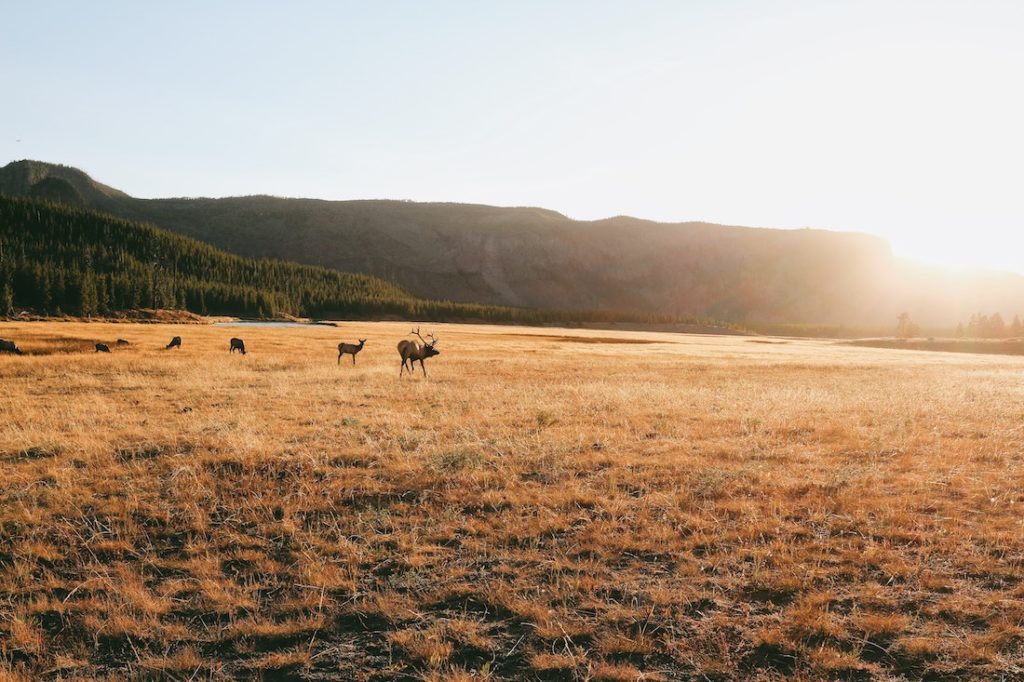
Nearing the edge of the forest, a large mass of these dead falls was piled high like so many Lincoln-logs of my childhood. My in the moment plan was to simply clamber overtop of the trees and hop down into the meadow to search for sheds. Going around it would have me exiting off the easy route here. This was the path of least resistance. The most direct. But something stopped me in my tracks.
All animals have that strange sort of six-sense that kicks in like Spiderman. I realize six-sense isn’t accurate given that we have something like 30 different documented senses we employ daily, but I think you get the point. The fact of the matter was that some unexplainable thing occurred that made me pause and take caution as things just didn’t “feel right.” And it was in that momentary pause that I considered the fact that many different animals will use these jumbles of brush or dead fallen trees as day beds.
Kneeling on the log I was traveling on, I tried to peer into the jumble of dead trees 20 feet ahead. Straining my eyes to the shadows, searching for some unmistakable outline or shape, I saw movement inside. As I pulled out my field glasses to try for a better look, it was now all too obvious that there was a mass of fur bedded down under some of these logs. That’s the funny thing about being a modern human in the woods these days.
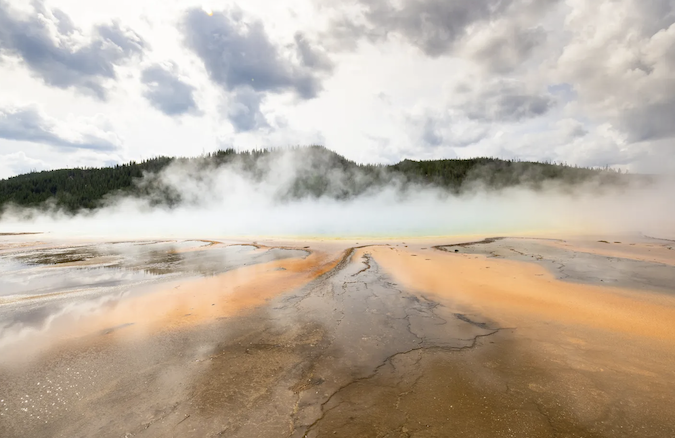
Brains filled with all the mental lint of to-do lists, schedules, ambitions, anxieties, and every other thing that clogs our minds and keeps us in a state of being everywhere else other than exactly where we are. But when those glasses met my eyes, the entire universe around came to an abrupt and sudden crashing stop and I found myself unquestionably in the moment.
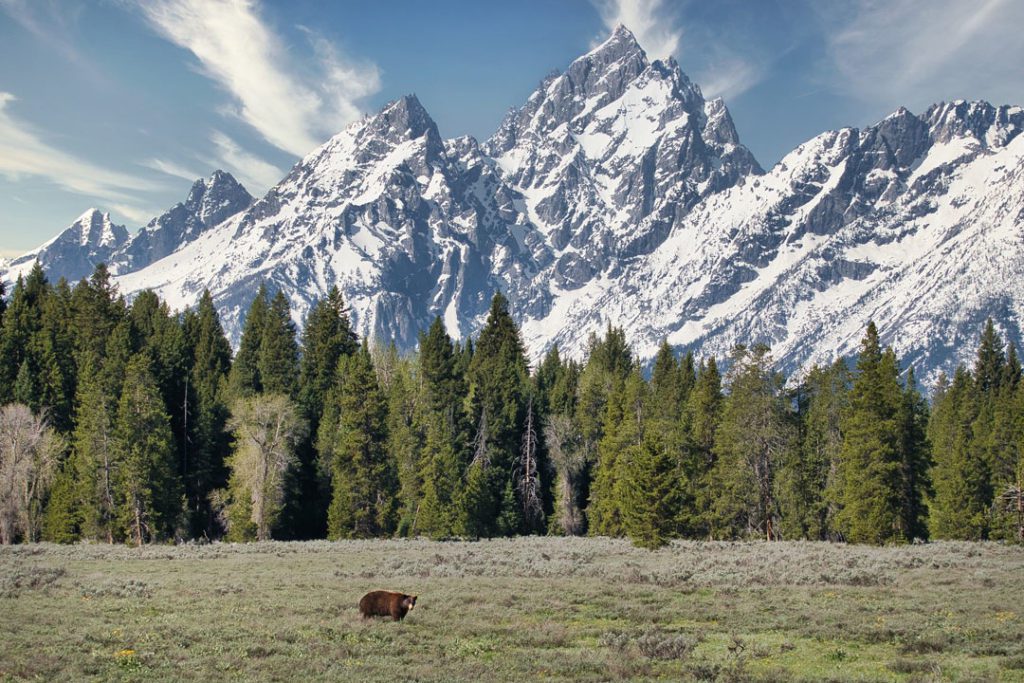
My heart rate leapt as adrenaline surged like so much electricity through my body. All the known senses kicked into high gear as millions of years’ worth of genetic memories of dances between predator and prey, life or death, sharpened my vision and removed everything from existence except for that which was staring right back at me. The birds that I had been listening to were no longer there. The sound of the wind in the trees disappeared. Thoughts of elk sheds and bison and cold cans of Guinness and the warm bed of the girl I was dating that waited for me back at the cabin were no more. There was only me and the amber colored eyes of a grizzly.
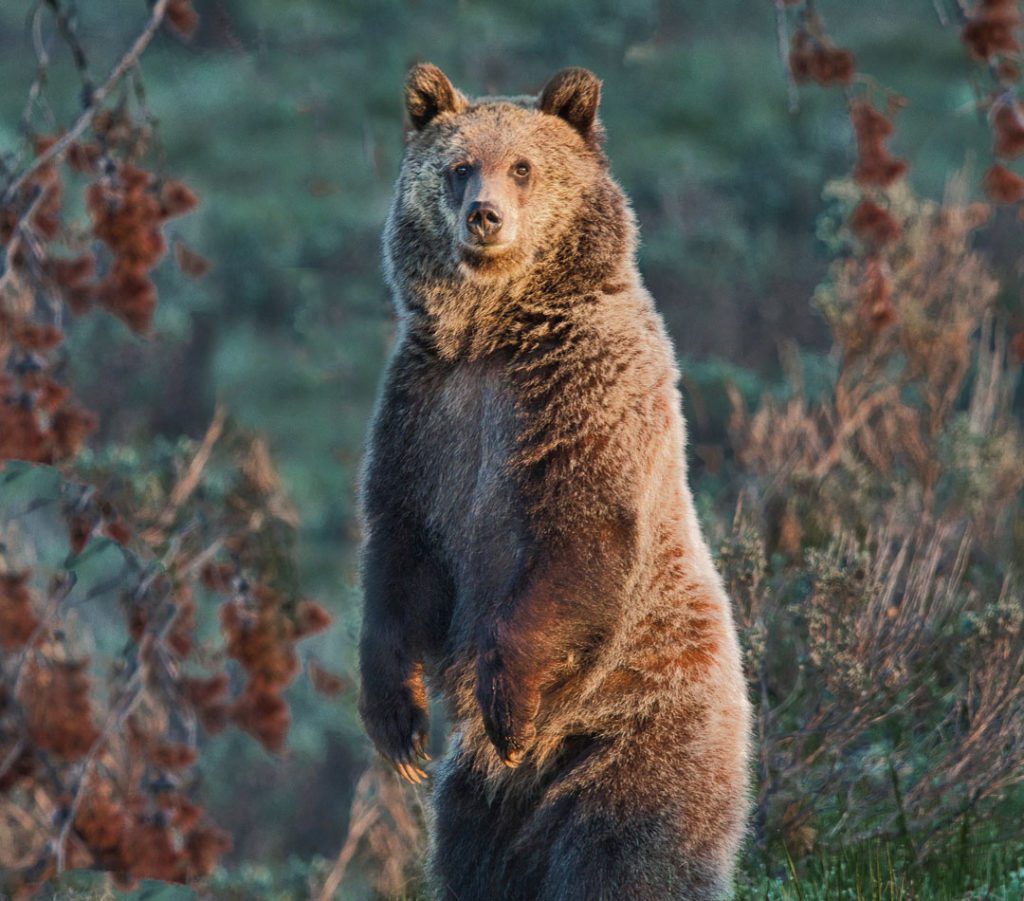
Story by Jared Lloyd Photography

